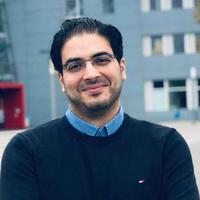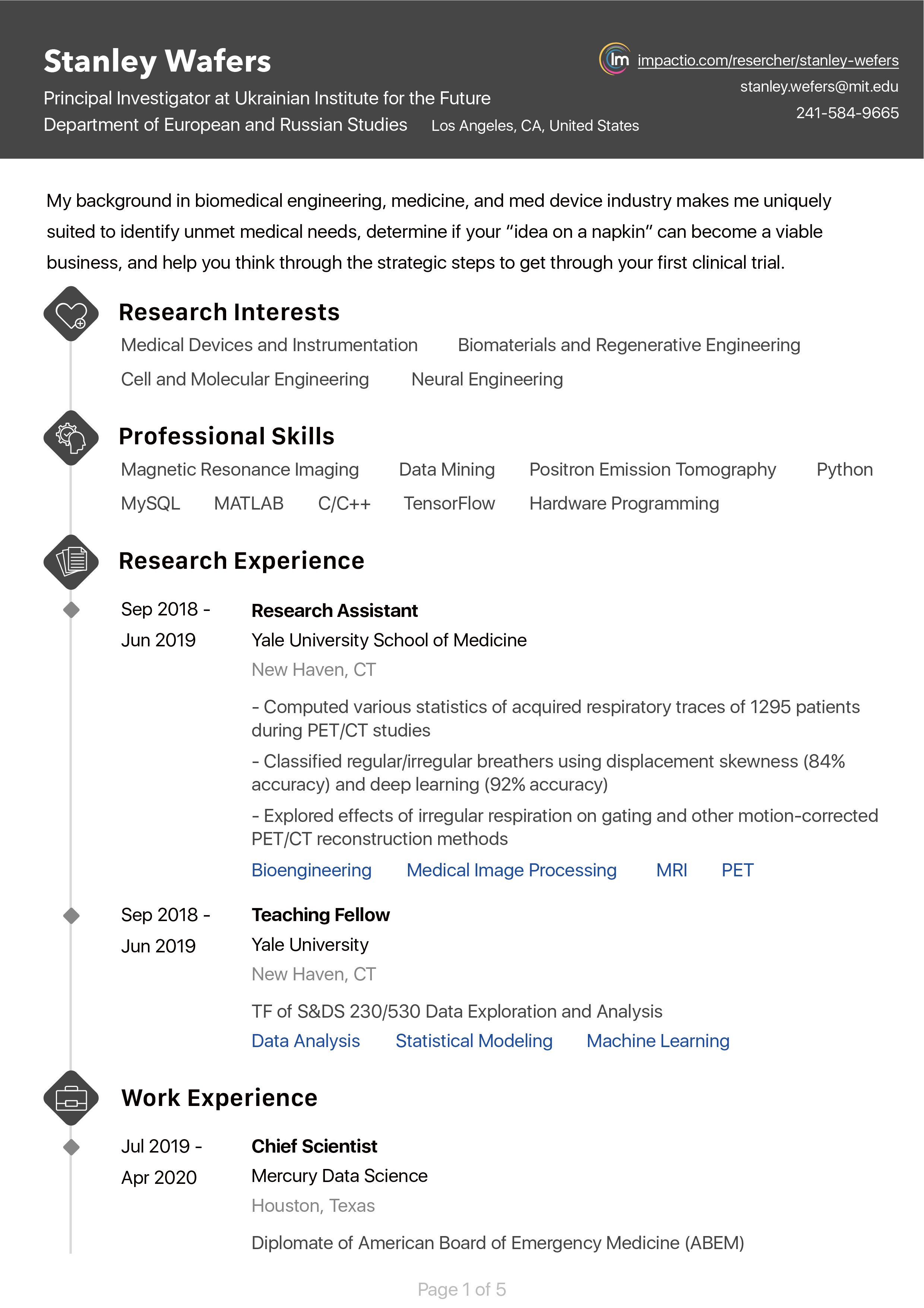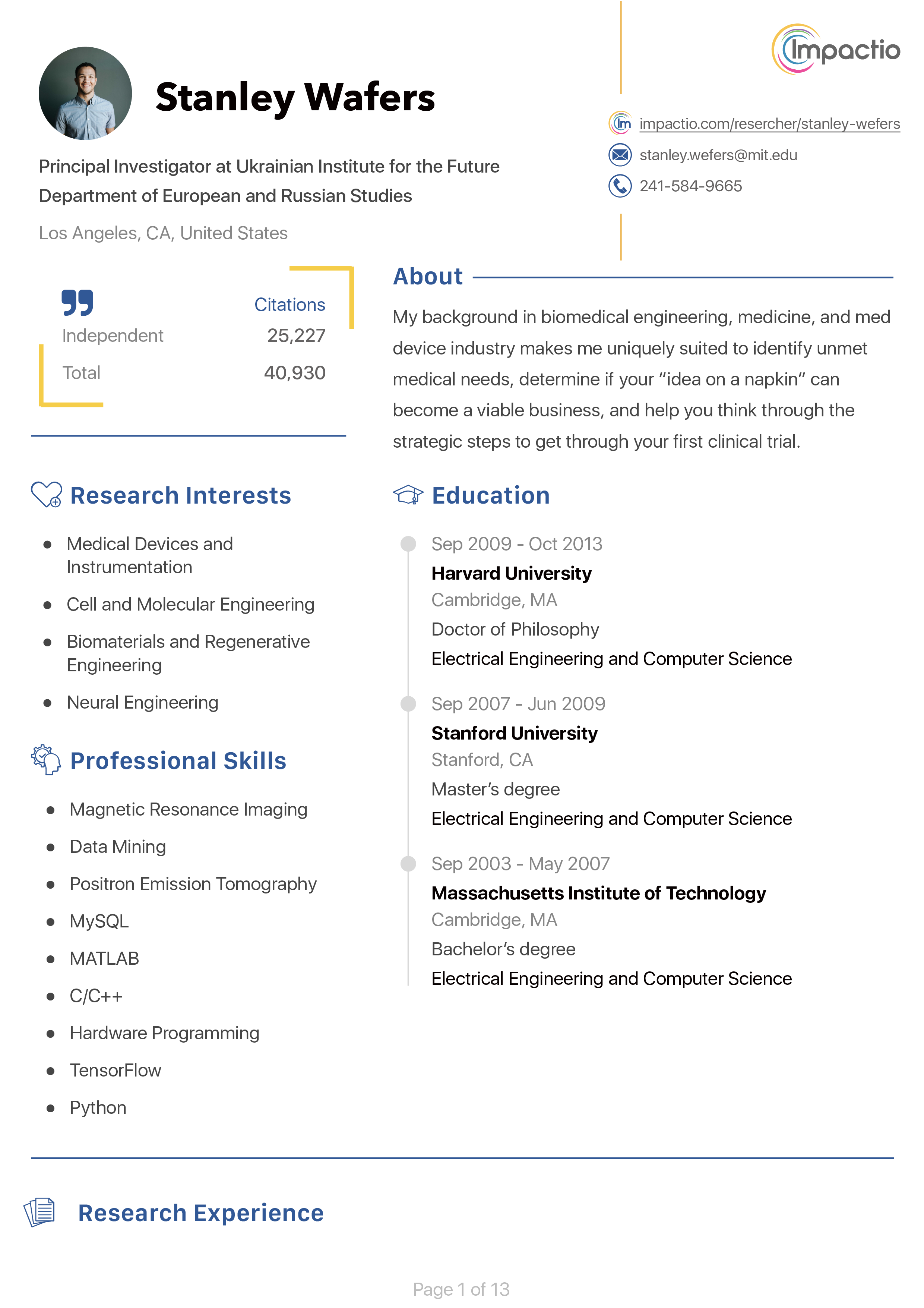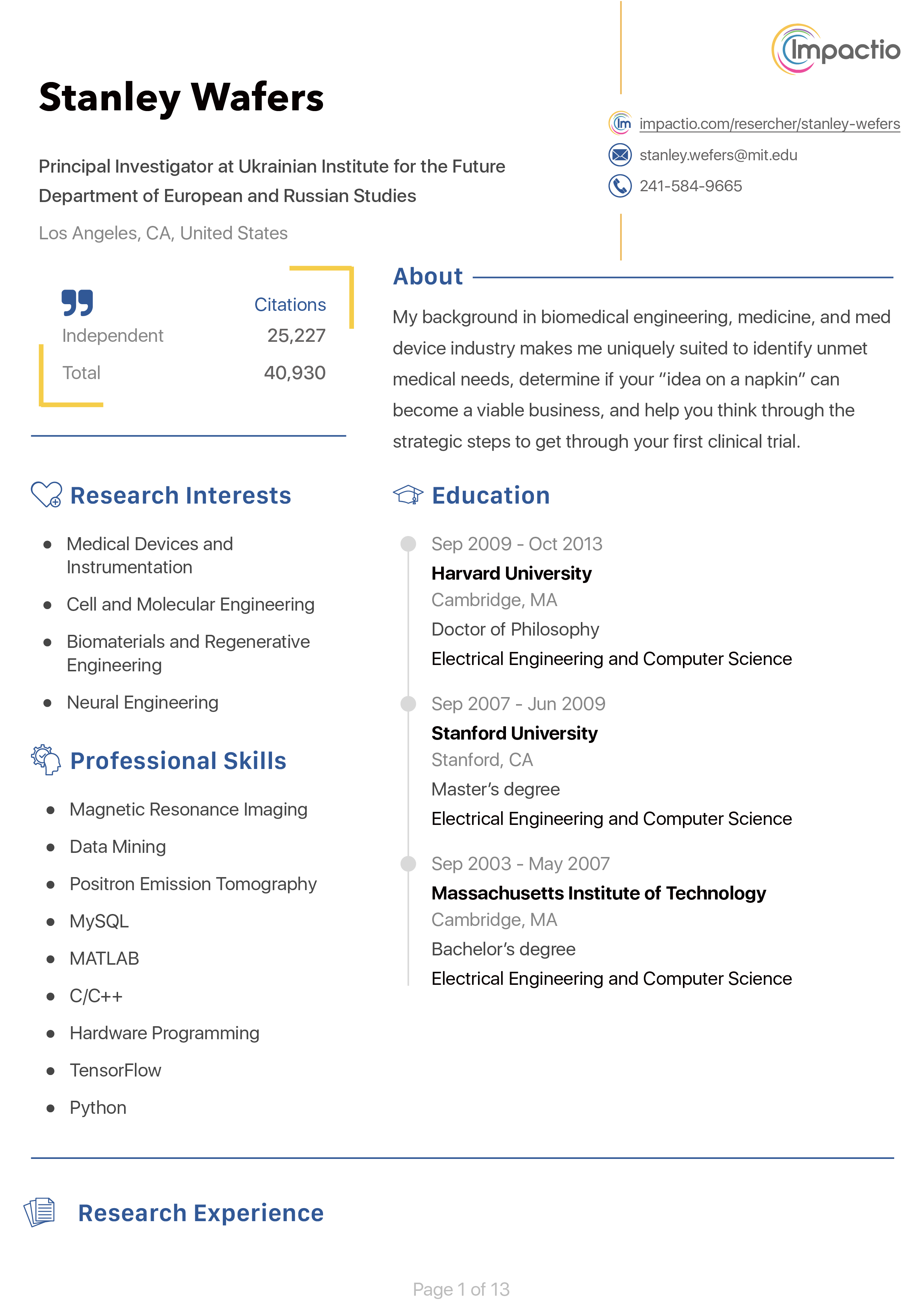About
Shadi Albarqouni is an AI Young Investigator Group Leader at Helmholtz AI and TUM Junior Fellow at TU Munich. Previously, he worked as a Visiting Scientist at Imperial College London and ETH Zurich, and as a Senior Research Scientist & Team Lead at Technical University of Munich (TUM). Albarqouni has more than 100 publications in both Medical Imaging Computing and Computer-Assisted Interventions published in IEEE TMI, IJCARS, IPMI, MICCAI, IPCAI, ISBI, ICCV, BMVC, and ICRA.
Software Engineering
Wireless Networking
Databases
Unity3D
MySQL
C++
LaTeX
Machine Learning
HTML
Artificial Intelligence
Crowdsourcing
Teaching
MATLAB
Web Development
Computer Vision
Signal, Image and Video Processing
RHCE
Training
Network Administration
Programming
Research
Algorithms
CSS
Science
Image Processing
Biomedical Engineering
Management
Information and Communication Technology
C#
Digital Image Processing
Java
JavaScript
Linux
Windows Server
Microsoft Office
Pattern Recognition
CMake
OpenCV
Game Development
Optimization
Software Development
Analysis
Computer Science
Simulink
Mathematical Modeling
Matlab
Signal Processing
C
Robotics
Simulations
Digital Signal Processors
Learning
Integration
Redmine
AI Young Investigator Group Leader
Helmholtz Zentrum München
November 2020 - Present
Munich, Germany
Visiting Scientist
ETH Zurich
November 2019 - July 2020
Zürich, Switzerland
Visiting Scientist
Imperial College London
August 2020 - October 2020
London, United Kingdom
Postdoctoral Research Associate
Technische Universität München
January 2017 - October 2020
Munich, Germany
Senior Research Scientist
Technische Universität München
January 2017 - January 2019
Munich, Germany
Visiting Scholar
Deutsches Zentrum für Neurodegenerative Erkrankungen
April 2013 - December 2016
Germany
Head of Information Technology Department
Ministry of Health, Palestine
November 2006 - September 2012
Palestine
Lecturer
Islamic University of Gaza
January 2011 - January 2012
Palestine
Lecturer
University College of Applied Sciences
August 2007 - January 2012
Palestinian Territory
Research Assistant
Islamic University of Gaza
August 2009 - June 2010
Palestine
Teaching Assistant
Islamic University of Gaza
January 2006 - June 2007
Palestine
AI Young Investigator Group Leader
Helmholtz AI
November 2020 - Present
Munich, Bavaria, Germany

I will be leading Albarqouni Lab focusing our research on developing innovative deep Federated Learning algorithms that can distill and share the knowledge among AI agents in a robust and privacy-preserved fashion
Visiting Scientist
ETH Zürich
November 2019 - July 2020
Dept. of Information Technology and Electrical Eng

I've been working together with Prof. Ender Konukoglu on "Modeling Uncertainty in Medical Imaging" during my DAAD P.R.I.M.E fellowship.
Visiting Scientist
Imperial College London
August 2020 - November 2020
Department of Computing

Postdoctoral Research Associate
Technical University Munich
January 2017 - November 2020
Chair for Computer Aided Medical Procedure & Augme

I'll be working on Deep Learning for Medical Applications focusing more on real challenges in the medical domain, i.e. the limited amount of labeled \ annotated data, heterogeneity and domain shift problems.
Visiting Scientific Researcher
DZNE - German Center for Neurodegenerative Diseases
April 2013 - December 2016
Group of Electron Microscopy & Tomography
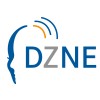
DZNE is the only research institute in Germany dedicated to dementia and Alzheimer diseases and all its facets. A member of the Helmholtz Association and the first of six German centers for health research (DZG), the DZNE was established by the Federal Ministry of Education and Research (BMBF) to combat the most important widespread disease.
DZNE-Bonn branch is hosted by Caesar (center of advanced european studies and research), which is a non-profit foundation under German private law. Caesar is closely associated with the Max Planck Society (MPG).
One of the joint collaborative research groups is the Electron Microscopy and Tomography Group: http://www.dzne.de/en/research-institute-for-neurodegenerative-diseases.html
My mainly work is developing image processing tools for 3D cryo- electron tomography data, either in 3D reconstruction or de-noising techniques.
http://www.caesar.de/
http://www.dzne.de/
DZNE-Bonn branch is hosted by Caesar (center of advanced european studies and research), which is a non-profit foundation under German private law. Caesar is closely associated with the Max Planck Society (MPG).
One of the joint collaborative research groups is the Electron Microscopy and Tomography Group: http://www.dzne.de/en/research-institute-for-neurodegenerative-diseases.html
My mainly work is developing image processing tools for 3D cryo- electron tomography data, either in 3D reconstruction or de-noising techniques.
http://www.caesar.de/
http://www.dzne.de/
PhD Candidate & Research Assistant
Technical University Munich
October 2013 - December 2016
Chair for Computer Aided Medical Procedure & Augme

The Chair for Computer Aided Medical Procedures (Informatikanwendungen in der Medizin) was created on 15th of October 2003 under the direction of Professor Dr. Nassir Navab. The main objective of the chair is to play the role of a strong research and educational link between medical and computer science communities.
More details (http://campar.in.tum.de/Chair/ChairHistory)
More details (http://campar.in.tum.de/Chair/ChairHistory)

Technische Universität München
Oct 2013 - Apr 2017
Medical Imaging - Informatics
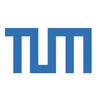
Technische Universität München
2013 - 2017
Doctor of Philosophy (PhD)
, Computer Science -- Medical Informatics
http://campar.in.tum.de/Main/ShadiAlbarqouni

Islamic University of Gaza
Sep 2005 - Jun 2010
Electrical Engineering
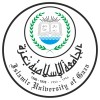
Islamic University - Gaza
2005 - 2010
M.Sc
, Electrical Engineering
Graduated with Very Good (88.40%) in Electrical Engineering. Got: a Lecturer position in both Electrical and Computer Engineering departments. Received Outstanding Master thesis of the Faculty of Engineering, 2010.

Islamic University of Gaza
Sep 2001 - Aug 2005
Electrical Engineering

Islamic University - Gaza
2001 - 2005
Bachelor Degree
, Electrical Engineering
Graduated with Very Good (88.17%) in Electrical Engineering. Got: a Teaching Assistant position in Electrical and Computer engineering department. Received Partial (50%) Scholarship for 5/8 semesters for GPAs (more than 90%).
Data Scientist
Issued on Aug 2017
Amazon Web Services
Startup Badge
Issued on Aug 2017
Amazon Web Services
E-Camp! Enterprising Knowledge
Issued on Mar 2014
UnternehmerTUM GmbH - Center for Innovation and Business Creation at TUM
Method for determining a pose of an object in an environment of the object using multi task learning and control devic
Pending | Jan 11 2018 | de | EP3511904A1 The invention relates to a method for determining a pose of an object in its surroundings, wherein by means of an optical detection device, the object and its surroundings detected as current recording (x) and by means of an optical image analysis, the pose of the object is determined, and wherein by means of a neural network (1) determining the pose of the object as output of the neural network (1), the neural network (1) using multi-task learning (L) through use of pose regression (L) and descriptor learning (L) is taught by using a triplet-wise-loss function (L) and a pair-wise-loss-function (L), whereby the posse-regression (L) by means of quaternions, the triplet-wise-loss-function (L ) depending on a dynamic margin term (m) and the pair-wise-loss function (L) can only be determined as an anchoring function.
Other Inventors:
Mai Bui ,Sergey Zakharov ,Slobodan Ilic
Determining the pose of an X-ray unit relative to an object based on a digital model of the objec
Pending | Mar 27 2017 | de | DE102017205113A1 Die Erfindung betrifft ein Verfahren zum Ermöglichen einer tomographischen Rekonstruktion, mit den Schritten:
- Emittieren eines Röntgenstrahls (5) durch eine Röntgeneinheit (1),
- Ermitteln einer Dämpfung des Röntgenstrahls (5) beim Transmittieren des Objekts (4), welches sich in einem Strahlengang des Röntgenstrahls (5) der Röntgeneinheit (1) befindet,
- Ermitteln von Strukturdaten des Objekts (4) anhand der Dämpfung des Röntgenstrahls (5),
Um eine verbesserte tomographische Rekonstruktion des Objekts zu ermöglichen, ist vorgesehen, dass
- anhand eines digitalen Modells des Objekts (4) sowie anhand der Dämpfung des Röntgenstrahls (5) eine Pose der Röntgeneinheit (1) relativ zu dem Objekt (4) zum Ermöglichen der tomographischen Rekonstruktion ermittelt wird.
- Emittieren eines Röntgenstrahls (5) durch eine Röntgeneinheit (1),
- Ermitteln einer Dämpfung des Röntgenstrahls (5) beim Transmittieren des Objekts (4), welches sich in einem Strahlengang des Röntgenstrahls (5) der Röntgeneinheit (1) befindet,
- Ermitteln von Strukturdaten des Objekts (4) anhand der Dämpfung des Röntgenstrahls (5),
Um eine verbesserte tomographische Rekonstruktion des Objekts zu ermöglichen, ist vorgesehen, dass
- anhand eines digitalen Modells des Objekts (4) sowie anhand der Dämpfung des Röntgenstrahls (5) eine Pose der Röntgeneinheit (1) relativ zu dem Objekt (4) zum Ermöglichen der tomographischen Rekonstruktion ermittelt wird.
Other Inventors:
Slobodan Ilic ,Mai Bui ,Michael Schrapp
Best Paper Award
The 7th International Conference on Medical Imaging and Augmented Reality (MIAR)
|
Aug 2016
We got the best paper award at MIAR conference for our paper "CathNets: Detection and Single-View Depth Prediction of Catheter Electrodes" by C. Baur, S. Albarqouni, S. Demirci, N. Navab, P. Fallavollita.
Robotic Course
September 2011
-
January 2012
It is really an interesting experience. It was the first course in Robotics field offered to the Undergraduate students in our department.
Crowdsourcing Game for Healthcare
April 2015
Today's clinical procedures often generate a large amount of digital images requiring close inspection. Manual examination by physicians is time-consuming and machine learning in computer vision and pattern recognition is playing an increasing role in medical applications. In contrast to pure machine learning methods, crowdsourcing can be used for processing big data sets, utilising the collective brainpower of huge crowds. Since individuals in the crowd are usually no medical experts, preparation of medical data as well as an appropriate visualization to the user becomes indispensable. The concept of gamification typically allows for embedding non-game elements in a serious game environment, providing an incentive for persistent engagement to the crowd. Medical image analysis empowered by the masses is still rare and only a few applications successfully use the crowd for solving medical problems. The goal of this thesis is the development and implementation of a medical game for the crowd, targeting the challenge of mitosis count, i.e. correctly identifying the number of mitoses within a given histological patch. The game should enable users to recognize mitotic figures and support the decision making process. Based on actions of the crowd, probabilities for mitotic figure locations and the mitosis count on a single patch are to be generated.
Cross-Modalities Image Synthesis
November 2014
In this project which is offered in MLMI course for BMC Students, we would like to implement kind of Supervised Dictionary Learning incorporating the global consistency, discriminative labeling, and the Transformation-invariant.
Internship Offer, RISE Program for Exchange
June 2014
DAAD-RISE Program for Exchange, which is restricted for Undergraduate students from US, Canada and UK.
For more details on Application procedure: https://www.daad.de/rise/en/11638/index.html
Our Offer: https://www.daad.de/app-rise/rise/offer/offer?id=26943
For more details on Application procedure: https://www.daad.de/rise/en/11638/index.html
Our Offer: https://www.daad.de/app-rise/rise/offer/offer?id=26943
Efficient Electronic Emergency System (EEES)
January 2012
This is a senior project done by talent students, it was a Web Application system that should be able to support emergency services in Gaza Strip-Palestine, which encounter a serious problem in the delivery of health services, especially in Crisis Events. The current emergency system is very primitive, and lacks coordination between other healthcare and emergency officers. The Proposed System is a part of my research interest on Establishing Telemedicine Center in Palestine, and preparing a Framework of an Electronic Emergency System in Gaza Strip, the proposed system is based on Web 2.0 Application.
X-ray Image Quality Improvement
Modeling X-ray images as well as improving the image quality of ultra-low dose X-ray images using analytical- and learning-based methods
Denoising - Graph Optimization
Structure Preserving Color Normalization in histopathological Images
Artificial Intelligence and Big Data in Ophthalmology
The goal is to apple AI and Big Data technology in Ophthalmology
Telemedicine in Palestine
Stand-alone PV Solar Lighting Projects in Gaza, Palestine
Single-View X-ray Interventional Imaging
Developing Image Processing Techniques for Cryo Electron Tomography
Cryo-ET has recently emerged as a leading technique to investigate the three-dimensional(3D) structure of biological specimens at close-to-native state. It also bridges the gap between low-resolution imaging techniques (e.g. light microscopy) and high-resolution techniques (e.g. single particle electron microscopy). The technique consists of acquiring many two-dimensional (2D) projections of the structure under scrutiny at various tilt angles under cryogenic conditions. The 3D structure is recovered through a number of steps including projection alignment, reconstruction and de-nosing. The resolution of the reconstructed tomogram, however, is aaffected by the low signal to noise ratio (SNR) of the projection images (typically 0.1 to 0.01) and the limited angular coverage (typically 60 to 70 ) resulting in wedge-shaped missing information in Fourier space, the so-called missing wedge; making the reconstruction process very challenging and demanding. In this project, we are aiming to develop image processing techniques including 3d reconstruction together with noise-reduction that are suitable for this technology.
Crowdsourcing in Healthcare Applications
Today's clinical procedures often generate a large amount of digital images requiring close inspection. Manual examination by physicians is time-consuming and machine learning in computer vision and pattern recognition is playing an increasing role in medical applications. In contrast to pure machine learning methods, crowdsourcing can be used for processing big data sets, utilising the collective brainpower of huge crowds. Since individuals in the crowd are usually no medical experts, preparation of medical data as well as an appropriate visualization to the user becomes indispensable. In this project, we are aiming to develop a concept of gamification typically allows for embedding non-game elements in a serious game environment, providing an incentive for persistent engagement to the crowd. Medical image analysis empowered by the masses is still rare and only a few applications successfully use the crowd for solving medical problems. The goal of this project is to bring the gamification and crowdsourcing to the Medical Imaging community.
Realted Researchers
